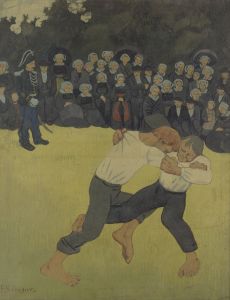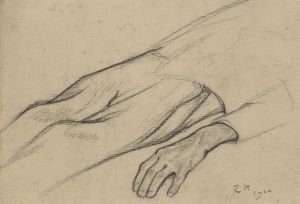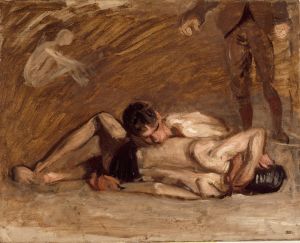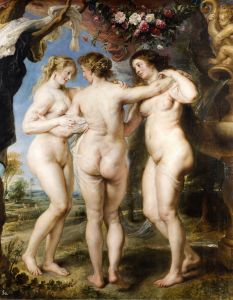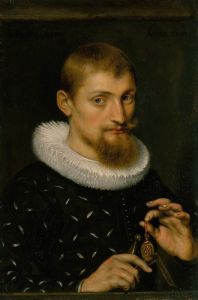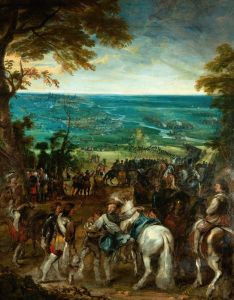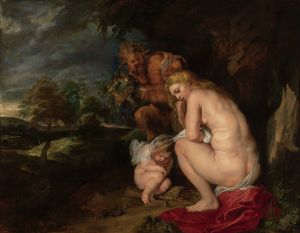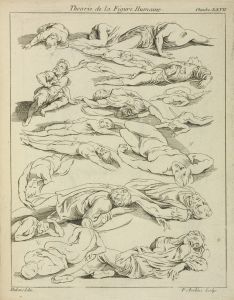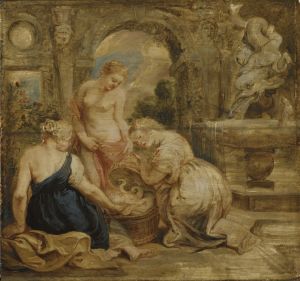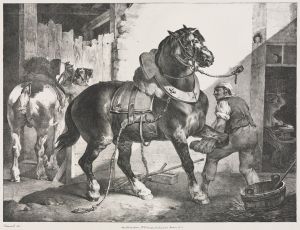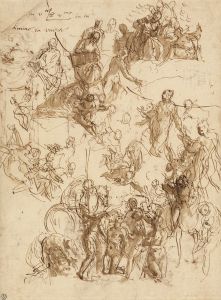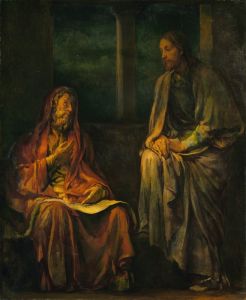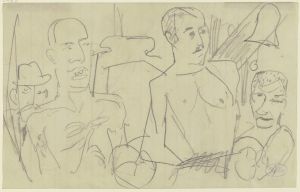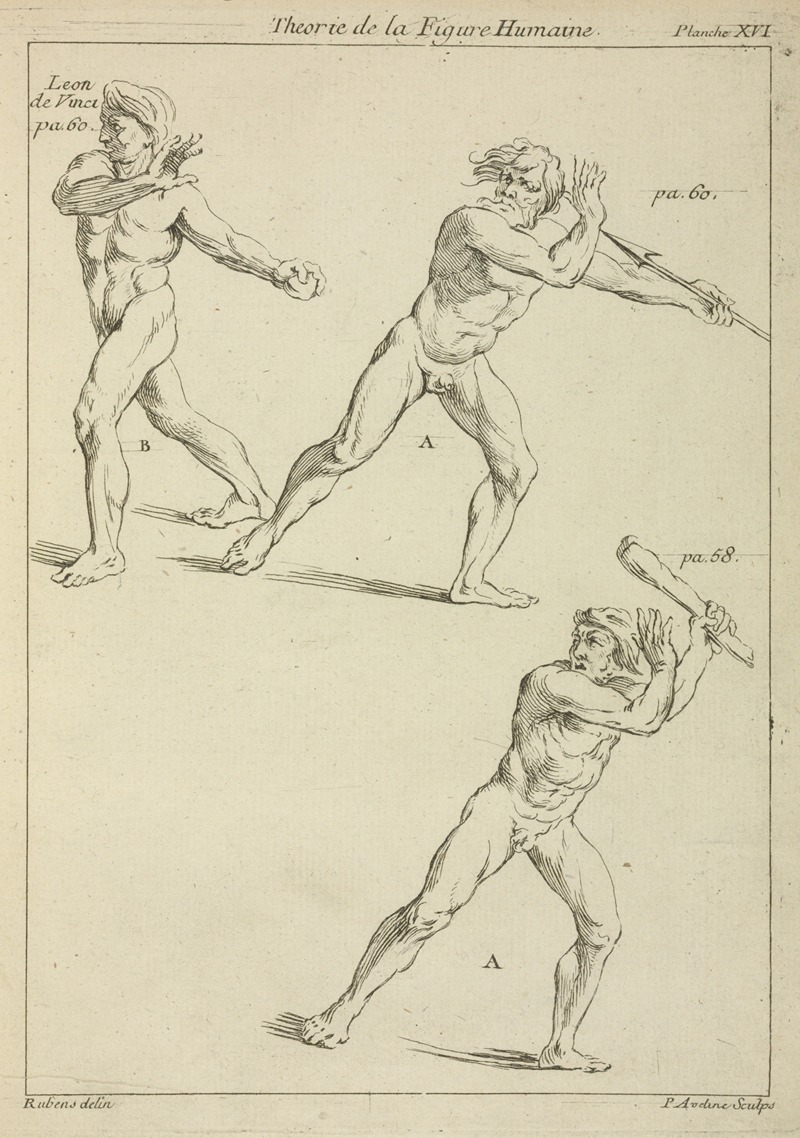
Three male figures in twisting positions
A hand-painted replica of Peter Paul Rubens’s masterpiece Three male figures in twisting positions, meticulously crafted by professional artists to capture the true essence of the original. Each piece is created with museum-quality canvas and rare mineral pigments, carefully painted by experienced artists with delicate brushstrokes and rich, layered colors to perfectly recreate the texture of the original artwork. Unlike machine-printed reproductions, this hand-painted version brings the painting to life, infused with the artist’s emotions and skill in every stroke. Whether for personal collection or home decoration, it instantly elevates the artistic atmosphere of any space.
Peter Paul Rubens, a prominent Flemish Baroque painter, is renowned for his dynamic compositions, vibrant color palette, and masterful depiction of the human form. Among his extensive body of work, the drawing titled "Three Male Figures in Twisting Positions" exemplifies his skill in capturing the complexity and movement of the human body. While this particular piece may not be as widely recognized as some of his larger paintings, it offers valuable insight into Rubens' artistic process and his study of anatomy.
Rubens was born in 1577 in Siegen, in present-day Germany, and spent most of his life in Antwerp, which was then part of the Spanish Netherlands. He was a prolific artist whose works encompassed religious and mythological subjects, portraits, and landscapes. His style is characterized by its energetic compositions, sensuous figures, and dramatic use of light and shadow, which were influenced by his studies in Italy and his admiration for the works of artists such as Michelangelo and Caravaggio.
The drawing "Three Male Figures in Twisting Positions" is a testament to Rubens' fascination with the human form and his dedication to understanding its anatomy. This piece likely served as a preparatory study for a larger composition, as was common in Rubens' practice. He often created numerous sketches and studies to explore different poses and arrangements before committing to a final painting.
In this drawing, Rubens depicts three male figures in various dynamic poses, each showcasing a different aspect of the human body's musculature and movement. The figures are rendered with a keen attention to detail, highlighting Rubens' deep understanding of anatomy. The twisting positions of the figures suggest a sense of motion and tension, which are hallmarks of Rubens' work. This focus on movement and the human form reflects the influence of the Italian Renaissance on Rubens, particularly the works of Michelangelo, whose sculptures and paintings often featured similarly dynamic poses.
Rubens' use of chiaroscuro, the contrast between light and dark, is evident in this drawing. This technique enhances the three-dimensionality of the figures, giving them a lifelike presence on the page. The interplay of light and shadow not only emphasizes the muscular definition of the figures but also adds to the overall drama and intensity of the composition.
While the exact purpose of this drawing is not documented, it is likely that Rubens used it as a study to refine his understanding of human anatomy and to experiment with different poses for his larger works. Such studies were an integral part of his creative process, allowing him to explore various compositional possibilities and to perfect the depiction of the human form.
Rubens' legacy as a master of Baroque art is well-established, and his drawings, including "Three Male Figures in Twisting Positions," continue to be studied and admired for their technical skill and artistic insight. This particular piece, though not as famous as some of his grand altarpieces or mythological scenes, provides a glimpse into the meticulous preparation and profound understanding of anatomy that underpinned Rubens' larger works. Through his drawings, Rubens not only honed his craft but also contributed to the broader appreciation of the human form in art.





